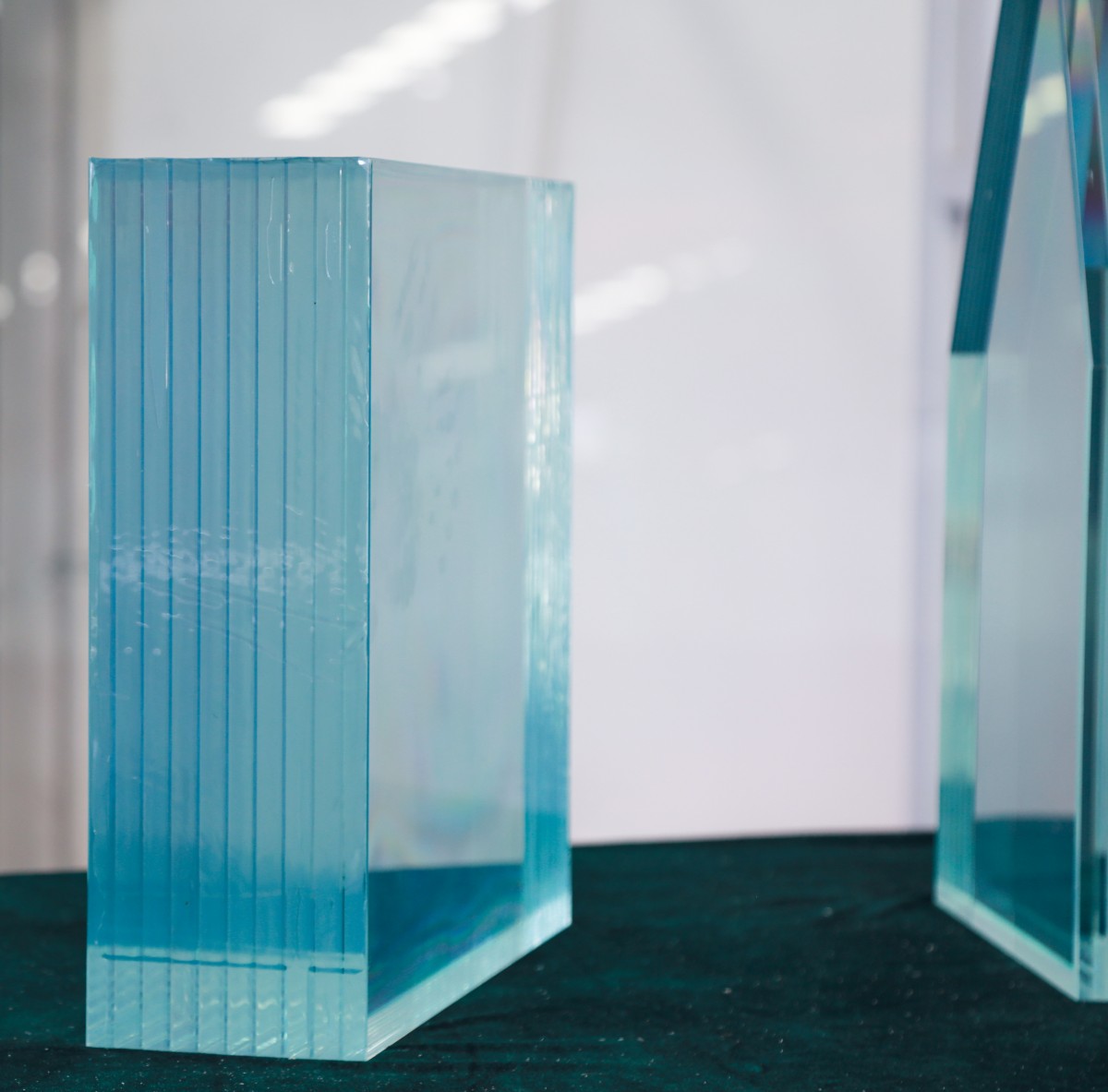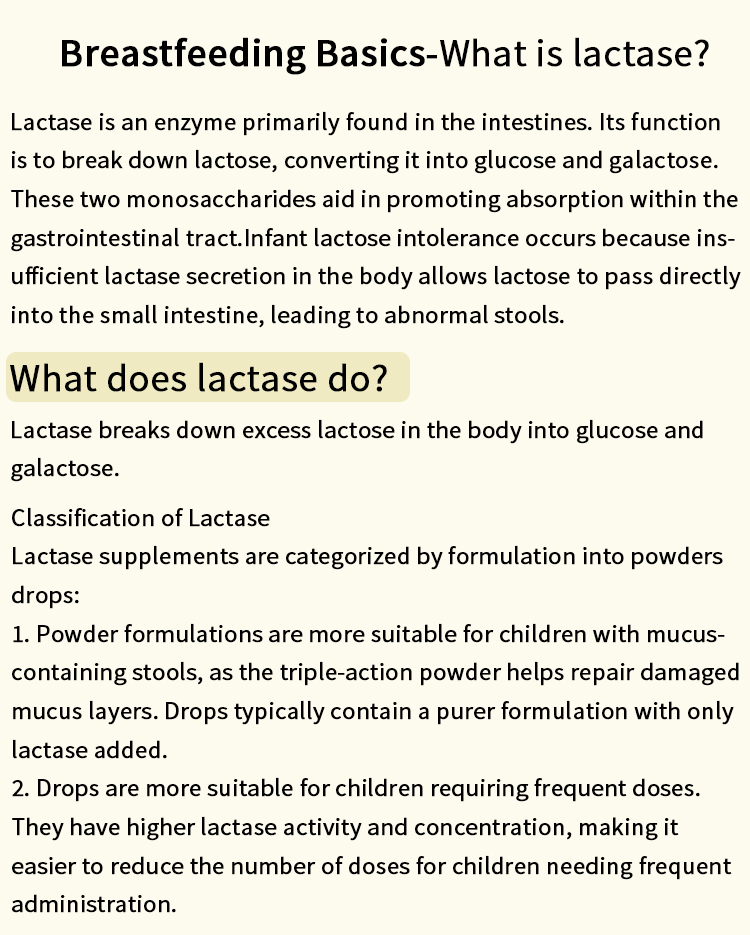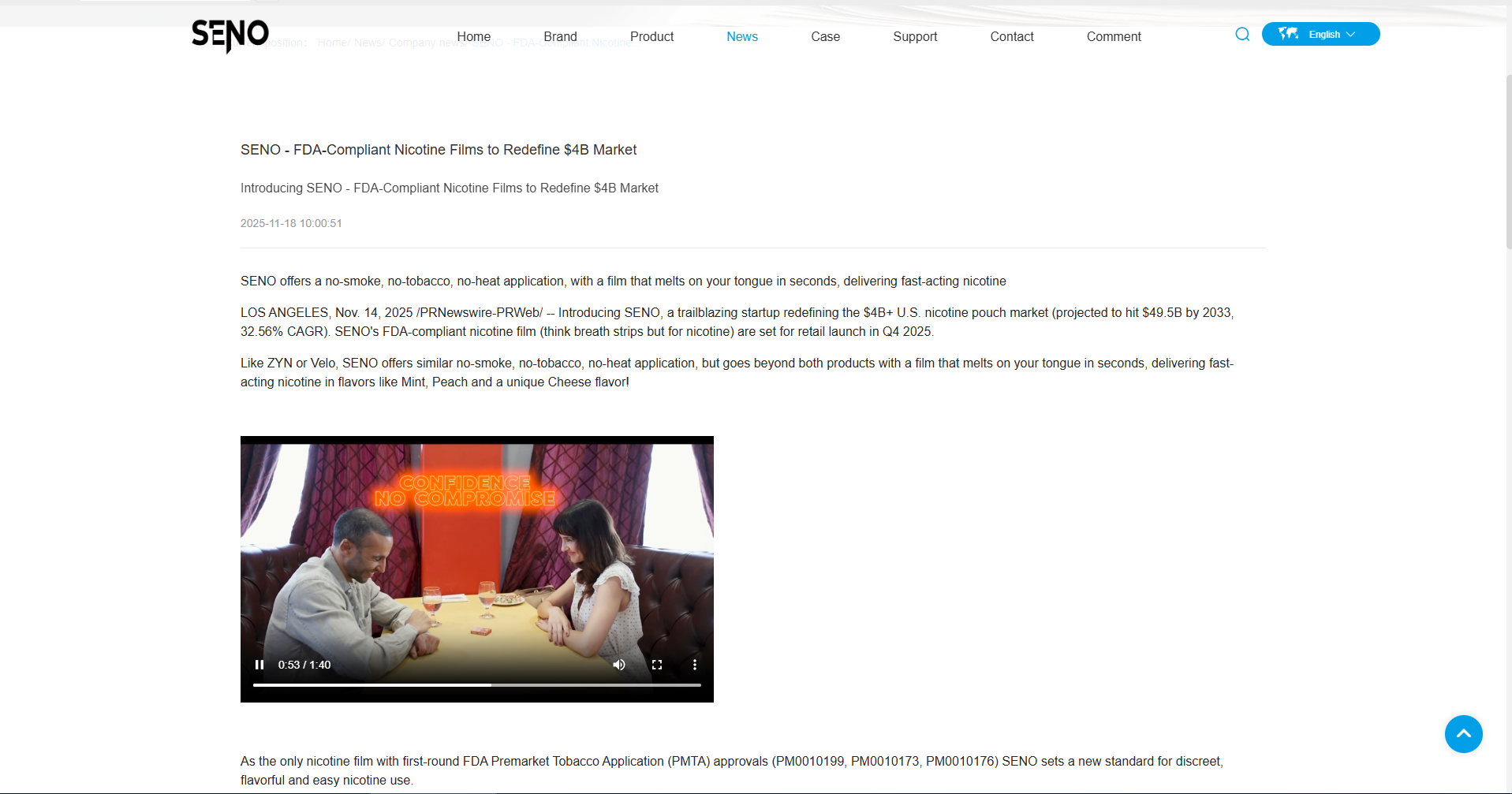In the world of sports and fitness, the right clothing can make a significant difference in performance, comfort, and overall experience. With an overwhelming variety of options available, it’s essential to understand which clothes are best for sportswear. This guide delves into the critical factors to consider when selecting sportswear, the types of materials that enhance performance, and how to choose the right fit for your specific activities.
Understanding the Importance of Sportswear
Sportswear is not just about aesthetics; it plays a crucial role in enhancing athletic performance. The right clothing can improve mobility, regulate body temperature, and wick away moisture, all of which contribute to a more effective workout. Whether you're running, cycling, practicing yoga, or hitting the gym, the right sportswear can help you achieve your fitness goals while minimizing the risk of injury.
Key Factors to Consider When Choosing Sportswear
- Material Composition: The fabric of your sportswear is paramount. Look for materials that offer breathability, moisture-wicking properties, and stretchability. Common materials include:
- Polyester: Known for its durability and moisture-wicking capabilities, polyester is a popular choice for activewear.
- Nylon: This lightweight fabric is resistant to abrasion and dries quickly, making it ideal for high-intensity workouts.
- Spandex: Often blended with other materials, spandex provides excellent elasticity, allowing for a full range of motion.
- Merino Wool: For colder climates, merino wool offers natural insulation and moisture-wicking properties, keeping you warm without overheating.
- Fit and Comfort: The fit of your sportswear is crucial for both performance and comfort. Tight-fitting clothes can reduce chafing and improve aerodynamics, while looser garments may provide more freedom of movement. Consider the following:
- Compression Gear: Designed to fit snugly, compression clothing can enhance blood circulation and reduce muscle fatigue.
- Relaxed Fit: Ideal for activities like yoga or pilates, a relaxed fit allows for greater flexibility and comfort.
- Activity-Specific Design: Different sports require different types of clothing. Here’s a breakdown of what to look for based on your activity:
- Running: Opt for lightweight, moisture-wicking tops and shorts or leggings that provide support without restricting movement. Look for features like reflective strips for safety during low-light conditions.
- Cycling: Padded shorts and breathable jerseys are essential for comfort during long rides. Consider bib shorts for a secure fit and reduced chafing.
- Yoga: Choose stretchy, breathable fabrics that allow for a full range of motion. High-waisted leggings and fitted tops can provide support and coverage during various poses.
- Gym Workouts: Versatile clothing that can transition from cardio to strength training is ideal. Look for tank tops, shorts, or leggings that offer moisture control and flexibility.
- Weather Considerations: Your sportswear should be adaptable to different weather conditions. For outdoor activities, consider layering options:
- Base Layer: Moisture-wicking materials that sit close to the skin to keep you dry.
- Mid Layer: Insulating fabrics that provide warmth without bulk.
- Outer Layer: Windproof and waterproof materials to protect against the elements.
Sustainability in Sportswear
As the fitness industry evolves, so does the emphasis on sustainability. Many brands are now producing eco-friendly sportswear made from recycled materials or organic fabrics. When selecting sportswear, consider brands that prioritize sustainability, as this not only benefits the environment but often results in high-quality, durable products.
Conclusion: Invest in Your Performance
Choosing the right sportswear is an investment in your performance and overall fitness journey. By considering material composition, fit, activity-specific designs, and weather conditions, you can select clothing that enhances your workouts and keeps you comfortable. Additionally, embracing sustainable options can contribute to a healthier planet while you pursue your fitness goals.






+ There are no comments
Add yours